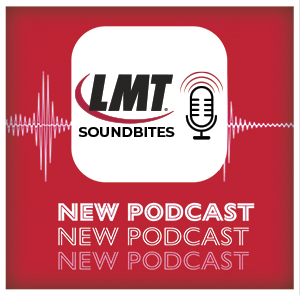What is Obstructive Sleep Apnea?
Posted Nov 17, 2015 in Industry News
In patients with obstructive sleep apnea (OSA), the most common type of sleep apnea, the mandible falls back as the brain approaches the deepest stages of sleep and the muscles of the airway fully relax, which is what causes the obstruction. When the brain senses breathing is compromised, it forces the body out of the deepest stage of sleep in order to regain control of the jaw muscles and reopen the airway. This can occur over and over during the night and, as a result, the patient’s sleep is extremely fragmented.
Left untreated, sleep apnea can have serious and life-shortening consequences: high blood pressure, heart disease, stroke, automobile accidents caused by falling asleep at the wheel, diabetes, depression and other ailments. A major symptom is extremely loud snoring; other indications are persistent daytime sleepiness, bouts of awakening out of breath during the night, and frequently waking in the morning with a dry mouth or a headache. OSA most commonly affects...








